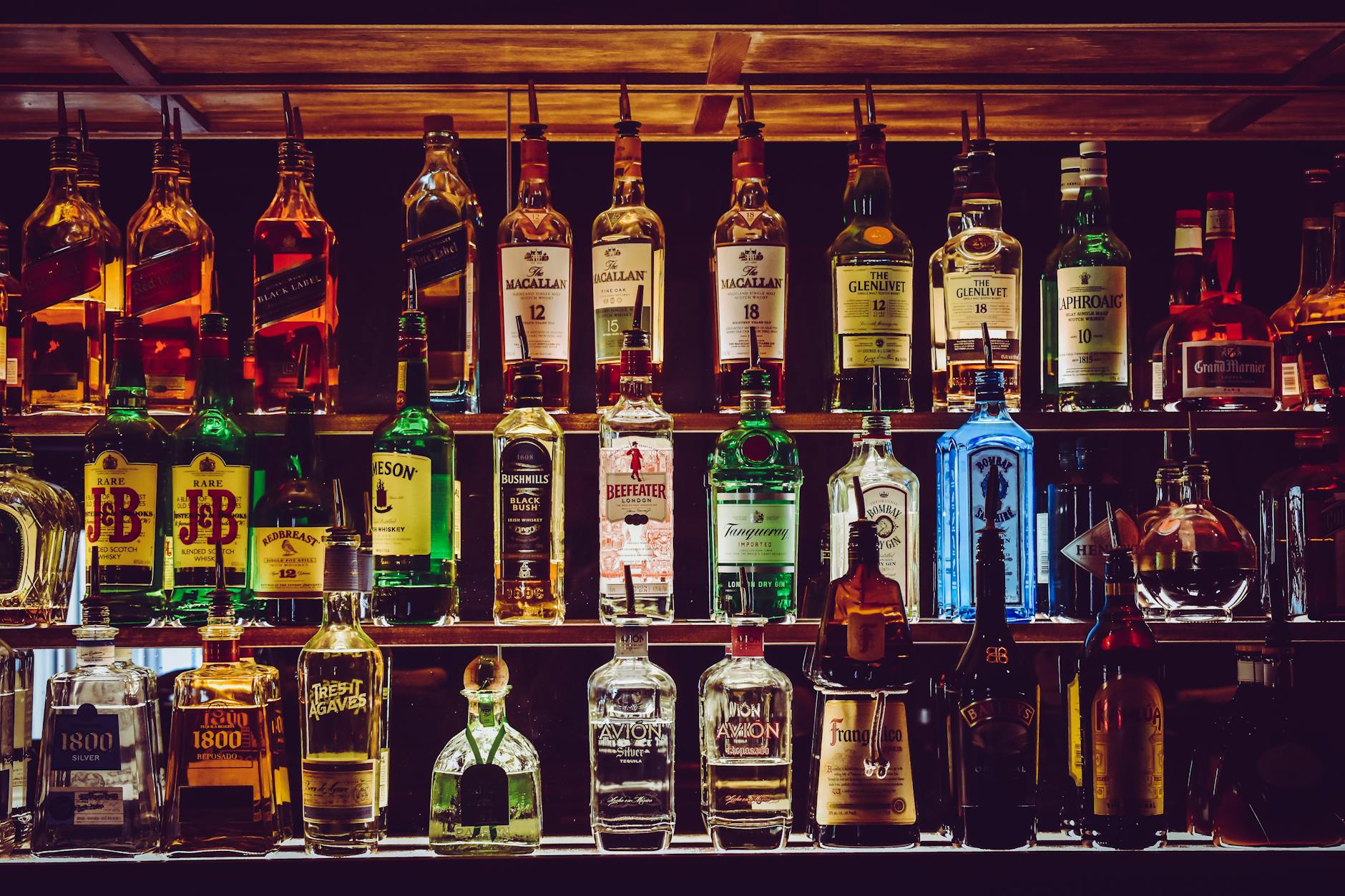Curious about how your weight affects how many beers it takes to get drunk? Find out from a DUI lawyer!

Image courtesy of Chris F via Pexels
Table of Contents
When it comes to drinking alcohol, one of the most common questions that people ask is, “How many beers does it take to get drunk?” While the answer to this question may vary depending on individual factors, there are certain key elements that play a role in determining how intoxicated a person may become after consuming alcohol.
Factors Influencing Intoxication Levels
One of the primary factors that influences how quickly a person becomes drunk is their individual tolerance level. Some people are naturally more tolerant to alcohol than others, meaning they can consume more without feeling the effects as strongly. However, it’s important to note that tolerance can change over time and with continued alcohol consumption.
Gender also plays a role in how alcohol is metabolized in the body. Generally, women tend to have a lower tolerance for alcohol compared to men due to differences in body composition and enzymes that break down alcohol. This means that women may become intoxicated more quickly than men after consuming the same amount of alcohol.
Body weight and composition are additional factors that can influence how many beers it takes to get drunk. Generally, a person who weighs more will be able to consume more alcohol before feeling intoxicated compared to someone who weighs less. This is because alcohol is distributed throughout the body based on a person’s total body water content.
Rate of alcohol consumption is also crucial in determining how quickly someone becomes drunk. Drinking alcohol quickly can lead to a rapid increase in blood alcohol concentration, resulting in a quicker onset of intoxication. Conversely, spacing out drinks over a longer period can help mitigate the effects of alcohol and allow the body more time to metabolize it.
The Science Behind Alcohol Metabolism
Alcohol is primarily metabolized in the liver through a process that involves several enzymes. One of the key enzymes involved in breaking down alcohol is alcohol dehydrogenase, which converts alcohol into acetaldehyde. This compound is then further broken down into acetate by another enzyme called aldehyde dehydrogenase.
Blood alcohol concentration (BAC) is a measure of the amount of alcohol present in a person’s bloodstream and is used to determine the level of intoxication. BAC is influenced by factors such as the amount of alcohol consumed, body weight, and the rate at which alcohol is metabolized. In most places, a BAC of 0.08% is considered the legal limit for intoxication when operating a motor vehicle.
The type of alcohol consumed can also impact how quickly a person becomes drunk. Beverages with a higher alcohol content, such as spirits or liquor, can lead to faster intoxication compared to beer or wine, which have lower alcohol concentrations. The carbonation in beer can also speed up the absorption of alcohol, leading to quicker intoxication.
Tips for Drinking Responsibly
Understanding your own tolerance level is key to drinking responsibly. It’s important to know your limits and be aware of how alcohol affects your body. If you start feeling the effects of alcohol, it’s best to stop drinking and seek alternative transportation options to ensure your safety and the safety of others.
Staying hydrated and eating before and during drinking can help prevent intoxication and mitigate the effects of alcohol on your body. Drinking water in between alcoholic beverages can also help slow down the absorption of alcohol and prevent dehydration.
In conclusion, the question of how many beers it takes to get drunk is not a straightforward answer and can vary based on individual factors such as tolerance, gender, body weight, and rate of consumption. Understanding the science behind alcohol metabolism and factors influencing intoxication is crucial for making informed decisions about alcohol consumption and staying safe while drinking.
FAQ
How does weight impact how many beers it takes to get drunk?
Weight influences intoxication levels as alcohol is distributed based on total body water content. Heavier individuals can usually consume more alcohol before feeling intoxicated compared to lighter individuals.
Can gender affect how quickly someone becomes drunk?
Yes, gender plays a role in alcohol metabolism due to differences in body composition and enzymes. Generally, women tend to have a lower tolerance for alcohol compared to men, leading to quicker intoxication.
What is the legal limit for intoxication in terms of blood alcohol concentration (BAC)?
The legal BAC limit for intoxication is typically 0.08%. This limit is used to determine if someone is legally impaired when operating a motor vehicle.
How can someone drink responsibly to prevent getting drunk too quickly?
To drink responsibly, individuals should know their limits, stay hydrated, eat before and during drinking, and avoid drinking quickly. Taking breaks between drinks and seeking alternative transportation if feeling intoxicated are also important safety measures.
Generated by Texta.ai Blog Automation
Leave a Reply